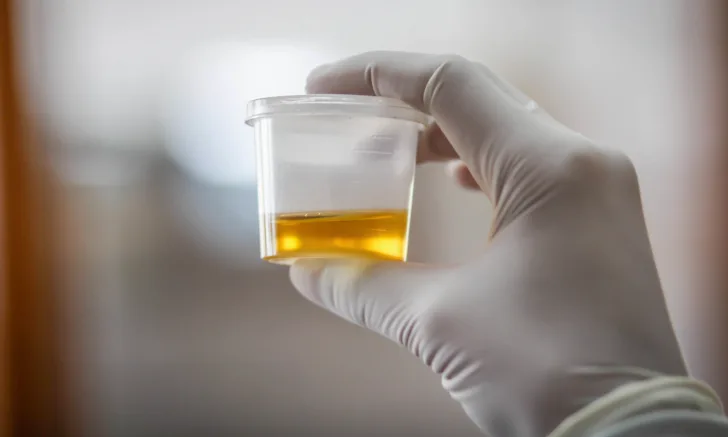Urine Cortisol:Creatinine Ratio to Diagnose Hypoadrenocorticism in Dogs
Kylie Grady, DVM, North Carolina State University
Adam J. Birkenheuer, DVM, PhD, DACVIM, North Carolina State University

In the Literature
Moya MV, Refsal KR, Langlois DK. Investigation of the urine cortisol to creatinine ratio for the diagnosis of hypoadrenocorticism in dogs. J Am Vet Med Assoc. 2022;260(9):1041-1047. doi:10.2460/javma.21.12.0538
The Research …
Naturally occurring hypoadrenocorticism is an endocrine disorder characterized by a deficiency in glucocorticoids and/or mineralocorticoids that can lead to life-threatening clinical and biochemical abnormalities.1 Timely and accurate diagnosis is critical.
ACTH stimulation test is the gold standard for diagnosis; however, synthetic ACTH is expensive and not always available. As a result, baseline serum cortisol concentration is often used as a screening test. Although baseline cortisol has excellent sensitivity (100%) for ruling out hypoadrenocorticism, specificity is 20% to 78.2% when a cutoff of ≤2 µg/dL is used.2-4 A follow-up ACTH stimulation test is thus typically recommended when baseline cortisol is ≤2 μg/dL.2-4 Urine cortisol:creatinine ratio (UCCR) may better reflect circulating cortisol concentration over time and be an alternative method for diagnosing hypoadrenocorticism in dogs.
This prospective study aimed to evaluate UCCR to diagnose canine hypoadrenocorticism and determine whether assay type affects results. Urine was collected via cystocentesis or voiding from 156 dogs screened for hypoadrenocorticism. Forty-one dogs were diagnosed with hypoadrenocorticism via ACTH stimulation testing; 107 dogs were considered to have nonadrenal illness because the ACTH stimulation test result or baseline cortisol was inconsistent with hypoadrenocorticism; and 8 dogs had equivocal results and were excluded from analysis. UCCR was determined via radioimmunoassay and/or chemiluminescent immunoassay.
UCCRs measured via radioimmunoassay or chemiluminescent immunoassay were significantly lower in dogs with hypoadrenocorticism than dogs with nonadrenal illness. A radioimmunoassay UCCR cutoff of ≤2 had 97.2% sensitivity, 93.6% specificity, and 94.7% accuracy for hypoadrenocorticism. A chemiluminescent immunoassay UCCR cutoff of ≤10 had 100% sensitivity, 100% specificity, and 100% accuracy.
These results suggest UCCR is a viable screening test for hypoadrenocorticism and chemiluminescent immunoassay UCCR is as sensitive as baseline cortisol for ruling out hypoadrenocorticism. Chemiluminescent immunoassay UCCR may be promising for diagnosing hypoadrenocorticism; however, a larger sample size and further investigation in dogs with equivocal ACTH stimulation test results are needed.
The authors concluded that UCCR is a sensitive screening test to rule out hypoadrenocorticism but ACTH stimulation testing should still be performed to confirm diagnosis. Laboratory-specific cutoffs and reference intervals may need additional validation given variability in reagents across laboratories.
… The Takeaways
Key pearls to put into practice:
UCCR is an excellent screening test to rule out hypoadrenocorticism. Fewer dogs with nonadrenal illness should need ACTH stimulation to rule out hypoadrenocorticism because UCCR has higher specificity compared with a baseline serum cortisol of ≤2 µg/dL.
It is important to determine which UCCR assay is used at each reference laboratory, as well as appropriate laboratory-specific cutoff values.
ACTH stimulation testing is still recommended to diagnose hypoadrenocorticism; however, UCCR measured by chemiluminescent immunoassay may be an alternative for diagnosis.
You are reading 2-Minute Takeaways, a research summary resource presented by Clinician’s Brief. Clinician’s Brief does not conduct primary research.